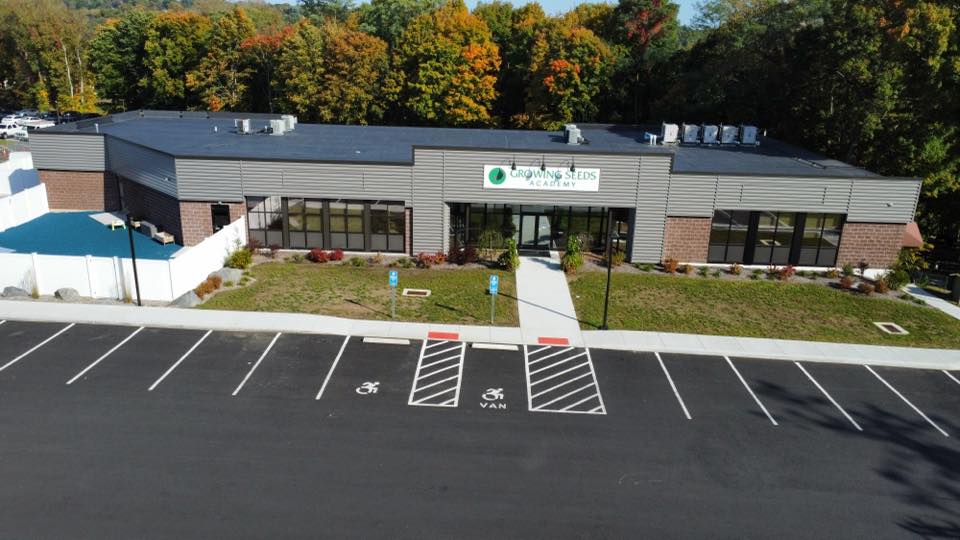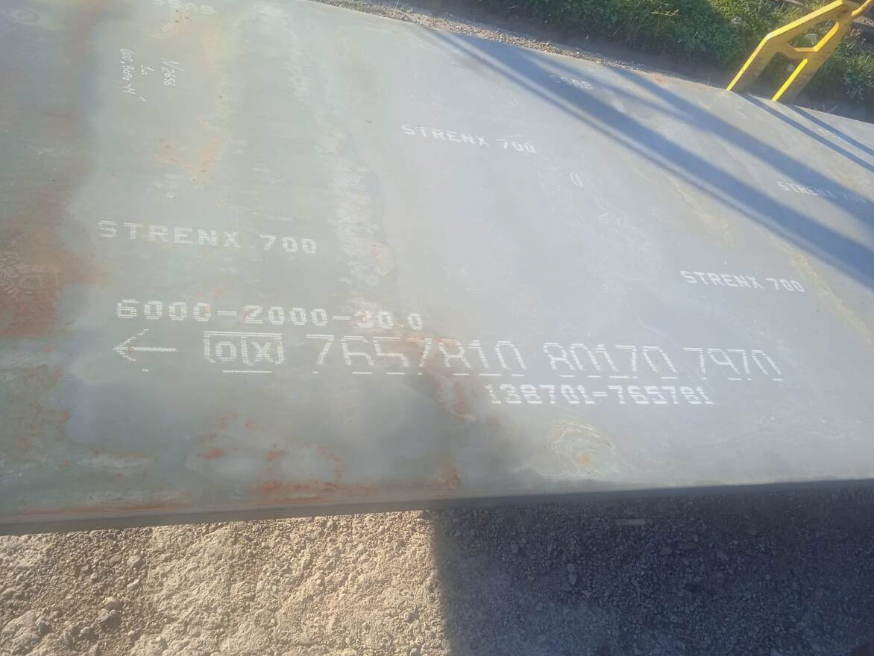Islamabad has evolved far beyond being just Pakistan’s political and administrative hub. Over the last two decades, it has transformed into a thriving center for business, commerce, and investment. With modern infrastructure, expanding residential areas, and an increasing population with high purchasing power, the capital city offers a fertile environment for commercial real estate development. Investors, both local and overseas, are actively looking for opportunities that promise strong returns and long-term value. Understanding what drives demand for commercial spaces in Islamabad can help investors make more informed and strategic decisions.
1. Strategic Location and Urban Expansion
One of the strongest factors fueling demand is Islamabad’s strategic location. Positioned at the crossroads of Punjab and Khyber Pakhtunkhwa, the city serves as a gateway to northern Pakistan while maintaining close proximity to Rawalpindi, a densely populated area with its own thriving economy. This geographic advantage creates a steady flow of business activity and consumer traffic, which in turn drives commercial growth.
Moreover, Islamabad’s urban expansion is systematically planned. The Capital Development Authority (CDA) ensures balanced growth, zoning, and infrastructure development, creating new sectors and sub-sectors that continuously open fresh investment opportunities. As the city expands toward its outskirts, areas like the Islamabad Expressway, Kashmir Highway, and Chakri Road are witnessing rapid commercial development. This expansion attracts investors looking for affordable yet high-potential business locations.
2. Population Growth and Rising Consumer Demand
A growing population naturally boosts demand for commercial spaces. Islamabad’s population has been increasing steadily, supported by migration from other cities due to its safety, cleanliness, and better quality of life. This influx brings with it higher demand for retail, dining, and entertainment options—fueling the need for shopping centers, restaurants, and office buildings.
Additionally, the city’s demographic is relatively young and financially active. Professionals and entrepreneurs are driving consumption trends toward branded retail, technology, and modern services. Businesses catering to these preferences require suitable commercial setups, creating a ripple effect in real estate demand.
3. Expanding Business Ecosystem
Islamabad’s business ecosystem is becoming increasingly diverse. The rise of startups, tech firms, and service-based industries has reshaped the city’s commercial landscape. Coworking spaces, IT hubs, and mixed-use commercial projects are gaining traction as businesses seek flexibility and connectivity.
The presence of multinational corporations, government ministries, and embassies also contributes to the demand for premium commercial spaces. High-profile tenants often prefer properties with modern infrastructure, ample parking, and prime access routes—criteria that push developers to construct more sophisticated projects.
Moreover, new business corridors and upcoming commercial hubs across the city are helping to decentralize activity from the Blue Area to emerging locations such as Gulberg Greens, DHA Phase II, and the areas along the new motorways.
4. Infrastructure Development and Connectivity
Infrastructure is one of the strongest demand drivers in any city’s property market, and Islamabad stands out in this regard. With well-maintained roads, reliable utilities, and efficient public services, the city provides an ideal setting for sustainable commercial development.
Recent infrastructure projects, including the Rawalpindi Ring Road, the extension of the Islamabad Expressway, and new interchanges connecting suburban areas, have significantly improved accessibility. These projects shorten commute times and increase the attractiveness of previously distant areas.
For example, developments along the Chakri and Thalian interchanges have become hot spots for investors because they offer excellent connectivity to both Islamabad and Rawalpindi. Projects situated near these major arteries are witnessing a sharp rise in demand for commercial plots and units, as businesses want to capitalize on the growing traffic and accessibility.
5. Shift Toward Mixed-Use Developments
Modern urban planning favors mixed-use developments that combine residential, commercial, and recreational spaces within a single community. This shift reflects global real estate trends, and Islamabad’s developers have embraced it wholeheartedly.
Mixed-use projects provide convenience, reduce travel time, and create vibrant environments that encourage foot traffic. They also attract a wider range of tenants—from restaurants and cafes to boutiques, offices, and entertainment outlets. For investors, this diversity enhances stability and reduces risk since revenue streams are spread across multiple sectors.
As more developers introduce mixed-use communities, areas that blend commercial and residential zoning are seeing strong appreciation in value. Investors who recognize this trend early often enjoy higher capital gains and rental yields.
6. Government Policies and Regulatory Support
Government initiatives have played a key role in boosting investor confidence. Simplified registration procedures, improved transparency in land records, and better enforcement of zoning laws have encouraged both local and overseas Pakistanis to invest in Islamabad’s real estate market.
Moreover, the State Bank of Pakistan’s support for housing finance and the government’s push for construction sector growth have stimulated real estate investment as a whole. Commercial projects benefit indirectly from these incentives as new housing societies increase population density and, consequently, the need for business infrastructure.
The CDA’s active oversight of new developments also helps maintain standards, ensuring that commercial zones meet safety and environmental regulations. This formal structure reduces uncertainty and gives investors confidence in the long-term stability of their investments.
7. Rise of Planned Housing Societies
Another major contributor to commercial demand is the rapid development of new housing societies. Each new residential community requires supporting commercial infrastructure such as markets, offices, and entertainment facilities. Developers understand this relationship and often allocate dedicated commercial blocks within their master plans.
One prominent example of this trend is Faisal Town Phase 2 Sector O Commercial Plots, which have attracted strong investor interest. These plots are part of a well-planned development offering proximity to main highways, modern infrastructure, and a growing residential base. Such projects appeal to both end-users and investors because they balance accessibility with long-term value.
When a housing society gains traction among buyers, its commercial sector follows suit. Shops, offices, and showrooms become prime assets as they serve the growing needs of the community. This pattern has been observed repeatedly across Islamabad’s outskirts and suburban extensions.
8. Increasing Focus on Quality and Modern Design
As competition in Islamabad’s real estate market grows, quality and design have become essential differentiators. Investors and tenants alike are drawn to buildings that offer modern architecture, energy efficiency, and well-planned layouts.
Developers who focus on aesthetic appeal, smart technology, and customer comfort find their projects in higher demand. Commercial tenants today are not just looking for space; they are seeking environments that reflect professionalism and align with their brand image. This mindset shift has elevated construction standards and contributed to the city’s increasingly sophisticated skyline.
9. Tourism and Hospitality Growth
Islamabad’s scenic beauty and increasing tourism activity also drive commercial development. As more visitors come for both business and leisure, the demand for hotels, restaurants, and shopping centers continues to rise. Proximity to Margalla Hills, Rawal Lake, and major road networks enhances the city’s appeal to both tourists and investors.
This tourism influx supports hospitality-related commercial ventures, adding yet another dimension to real estate demand. Investors who identify tourist-heavy zones often find opportunities in retail, food, and entertainment sectors that cater to a growing customer base.
10. Stable Real Estate Market and Investor Confidence
Lastly, Islamabad’s property market enjoys relative stability compared to other major cities. Its planned development, consistent demand, and strong legal oversight make it less prone to speculative fluctuations. For both domestic and overseas investors, this stability provides reassurance that their capital will appreciate steadily over time.
Even during broader economic uncertainty, Islamabad’s commercial property sector has shown resilience. Projects located in strategic or upcoming areas continue to perform well, providing investors with steady returns through both capital gains and rental income.
Conclusion
The demand for commercial spaces in Islamabad is driven by a combination of factors: population growth, infrastructure expansion, business diversification, and planned urban development. As new societies and mixed-use projects emerge, the city’s commercial landscape is becoming more dynamic and investor-friendly.
Whether one is looking for small-scale retail opportunities or larger business complexes, Islamabad offers a variety of options suited to different investment goals. Understanding the underlying demand drivers helps investors position themselves strategically in this evolving market. With consistent growth and strong fundamentals, Islamabad continues to stand out as one of Pakistan’s most promising destinations for commercial real estate investment.


